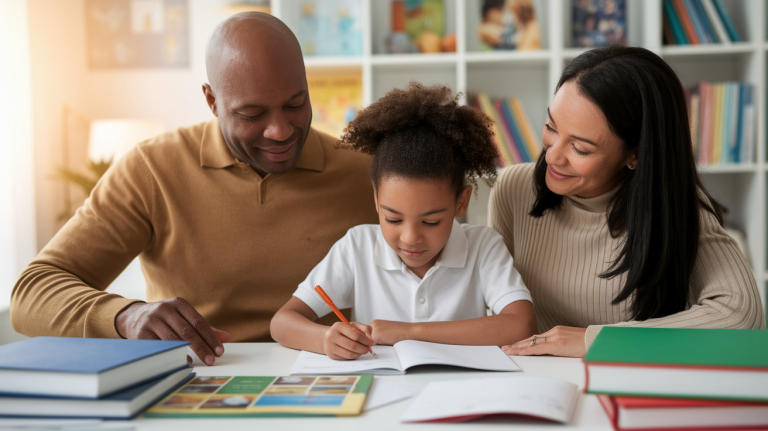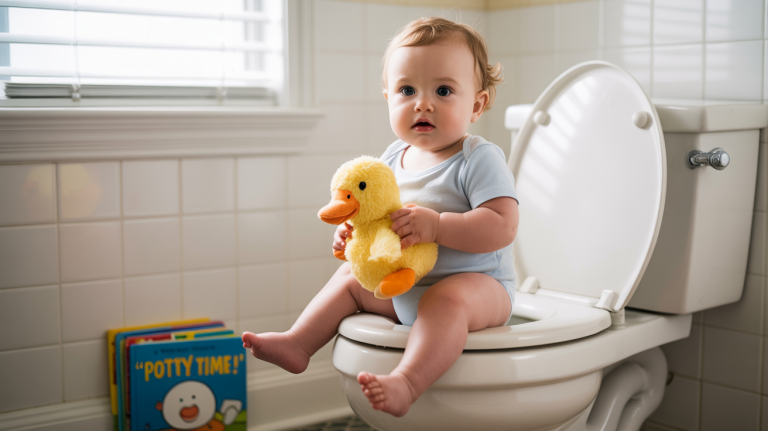Understanding How Accidents Happen: A Guide for Parents

Accidents in the home are more common than many Richmond parents realize. Opportunities for unintentional injuries are abundant, from curious toddlers exploring their surroundings to busy families juggling daily tasks.
Falls burns, and poisonings represent significant risks, turning the sanctuary of our homes into potential hazard zones. Understanding how these accidents occur and how to prevent and respond to them is crucial for creating a safer environment for your family.
Virginia parents need to be equipped with essential knowledge, first aid steps, and legal insights to help reduce the risk of household accidents.
Creating a Safety-Conscious Home
 Creating a safe home is not just about childproofing—it’s about cultivating a safety-first mindset across the entire family. It’s crucial to highlight injury prevention at home, in communities, and in workplaces. Understanding common household hazards and engaging in safety practices is the first step toward a more secure home environment for Richmond families.
Creating a safe home is not just about childproofing—it’s about cultivating a safety-first mindset across the entire family. It’s crucial to highlight injury prevention at home, in communities, and in workplaces. Understanding common household hazards and engaging in safety practices is the first step toward a more secure home environment for Richmond families.
Falls
Fall accidents are the number one cause of non-fatal injuries among children in the United States. According to the CDC, approximately 8,000 children are treated daily in emergency departments due to fall-related injuries. Common causes include cluttered stairways, unsecured rugs, poor lighting, and slippery surfaces.
To help prevent falls, it is essential to install handrails on all staircases and safety gates for young children, secure rugs with non-slip pads, and keep hallways and stairwells free of clutter. Ensuring your home is well-lit, especially at night, can also significantly diminish the risk of falls. Window guards should be installed on upper-floor windows to prevent accidental falls. In bathrooms, the installation of metal grab bars and the use of non-slip mats further contribute to safety.
Burns
Burns are another common household injury, particularly in children. Kitchens are high-risk zones due to hot stoves, ovens, and liquids.
To prevent burns, parents should use the back burners on the stove appliance and turn the pot handles inward, keeping hot beverages out of reach and never leaving cooking food unattended. Smoke detectors should be installed on every level of the home and tested monthly to ensure they are functioning correctly. Setting your water heater to approximately 120°F (49°C) helps prevent scalding injuries, particularly in children and the elderly.
According to the Safe Kids Worldwide 2022 report, in 2020, there were 228 fatal fire and burn injuries among children in the U.S., averaging approximately four deaths per week. Additionally, there were 61,526 emergency department visits for non-fatal fire and burn injuries among children in the same year.
These statistics highlight the significance of preventive education in reducing these risks.
Poisonings
Poisoning remains a top hazard for young children. Thousands of calls each year relate to accidental poisonings.
Common household risks include medications, cleaning products, cosmetics, and button batteries. To reduce the risk of poisoning, all hazardous substances should be stored in locked cabinets, and medications should never be called “candy.”
Unused medications should be disposed of through pharmacy take-back programs, and small electronics or loose batteries must be kept out of children’s reach. Additionally, installing carbon monoxide detectors adds another layer of protection.
Responding to Accidents: First Aid Basics

Even with the most thorough home safety precautions, accidents can still happen. Knowing how to respond quickly in those critical moments can mean distinguishing between minor injuries and life-threatening emergencies. The following first aid guidance is tailored for Virginia families and can help you react swiftly and effectively in various household scenarios.
First Aid for Falls
When a fall occurs, check if the person is conscious and check chest movement for breathing. If they are unconscious or not breathing, call 911 and begin CPR if trained. Apply a cold compress to any bruises for minor injuries and clean minor cuts with soap and water. Observe for symptoms of head injury, such as dizziness or confusion, and seek immediate care if there are signs of a head injury or suspected fractures.
First Aid for Burns
Don’t wast time–immediately cool the affected surface with running water for 20 minutes in the event of a burn. Carefully remove any clothing or jewelry unless it is stuck to the skin. Cover the burn immediately with a sterile, non-adhesive bandage and seek medical help for extensive, deep, or sensitive burns. For chemical burns, flush the area with water for 20 minutes, and for electrical burns, ensure the endangering power source is turned off before assisting and calling 911.
First Aid for Poisoning
If poisoning is suspected, call the Poison Control Center at 1-800-222-1222. Do not induce vomiting in the patient unless explicitly instructed to do so. If the poison is on the skin or the eyes, flush the area with water.
If the individual is struggling to breathe, call 911 immediately. Bringing the container of the ingested or contacted substance can aid medical professionals in identification and treatment.
Emergency Preparedness
Virginia parents are encouraged to maintain a stocked first aid kit and post-emergency contacts by phone for easy access. Enrolling in CPR and first aid courses like those offered by the Red Cross or Stop the Bleed campaign can significantly increase preparedness.
Conducting regular family fire drills and planning emergency exits ensures that all household members know what to do in an emergency. Consistent maintenance and testing of smoke and carbon monoxide detectors are also essential components of home safety.
Legal Responsibilities for Virginia Homeowners
Virginia law requires the state’s property owners to maintain reasonably safe premises. Under Virginia’s tort laws, the homeowner may be liable
if someone–a visitor or guest–is injured due to a known hazard.
An essential aspect of Virginia law is its adherence to the contributory negligence rule. This strict standard means an injured person who shares even 1 percent of the fault may be barred from recovering damages.
Potential liability includes failing to secure dangerous areas such as open stairwells, not having functional smoke detectors, or inadequate supervision, which can result in child harm. Additionally, under the attractive nuisance doctrine, homeowners may be held liable if a child is injured by a feature such as an unfenced pool that could reasonably attract children.
In the case of a serious accident on your property, it is advisable to consult a Virginia personal injury or premises liability attorney specializing in civil law rather than a criminal defense lawyer.
While a Virginia criminal defense lawyer typically handles cases involving alleged criminal behavior, their legal expertise can help evaluate whether gross negligence in a household accident could lead to criminal liability—though such cases are rare.
Take Action to Prevent Accidents and Protect Your Family
Creating a safer home environment is a continuous, proactive effort. Combining practical prevention, first aid knowledge, and legal awareness is the most effective strategy for Virginia families to minimize risks. Parents can better protect their children and confidently handle the unexpected by staying informed and engaged.
Preventing household accidents begins with awareness but must be reinforced with preparedness and legal responsibility. By incorporating safety checks into your routine, staying current on first aid knowledge, and understanding your legal obligations as a Virginia homeowner, you create a foundation for lasting protection.
Accidents may be unpredictable, but your response doesn’t have to be. Empower yourself with the tools, information, and mindset to safeguard your home—and take proactive steps that could one day save a life.






